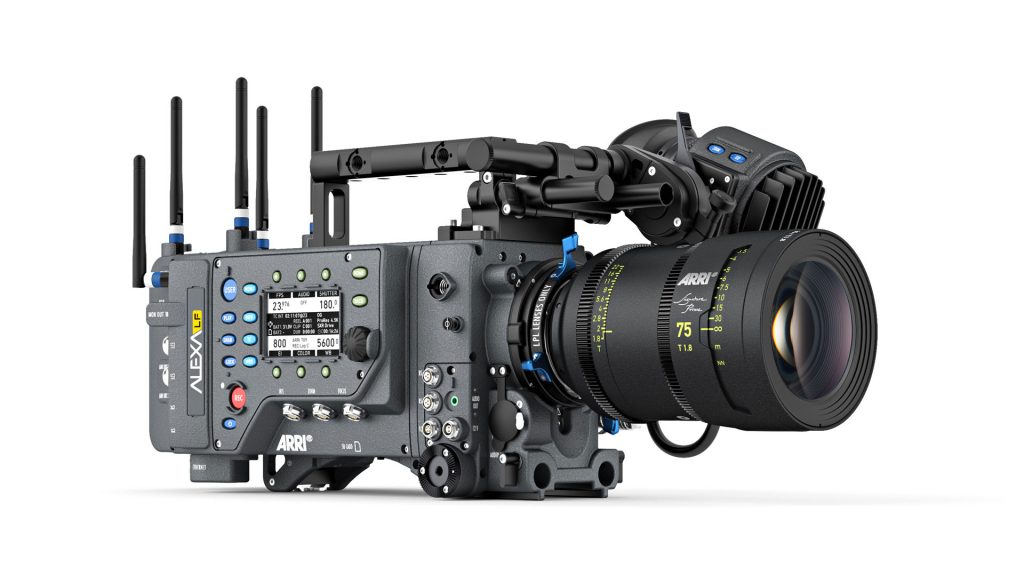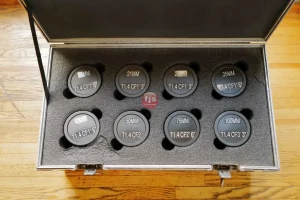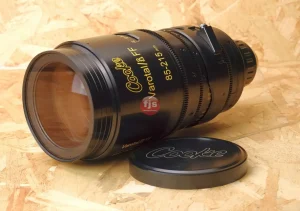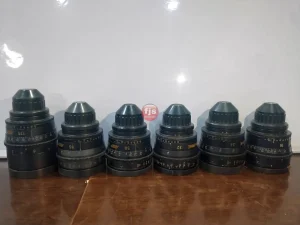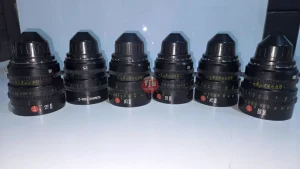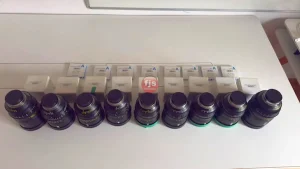Introduction:
Wide angle lenses are a popular choice among photographers for capturing expansive landscapes, architecture, and group shots. These lenses have a shorter focal length, allowing for a wider field of view and a unique perspective. In this post, we will delve into the features, benefits, and uses of wide angle lenses, as well as touch on the concept of focal length and the difference between wide angle lenses and fisheye lenses.
Key Features and Benefits of Wide Angle Lenses:
- What is the focal length of a wide angle lens and how does it affect the field of view?
Wide angle lenses typically have a focal length of 35mm or less, providing a wide field of view. The shorter the focal length, the wider the angle of view, allowing you to capture more in a single frame. - How do wide angle lenses minimize distortion?
Wide angle lenses are designed to minimize distortion, ensuring that straight lines remain straight and reducing the appearance of barrel distortion. This makes them ideal for architectural photography where maintaining the integrity of straight lines is crucial. - How do wide angle lenses enhance depth of field?
Wide angle lenses have a greater depth of field compared to longer focal length lenses. This means that more of the scene, from the foreground to the background, will be in sharp focus. This is particularly useful in landscape photography, where you want to capture both the foreground and the distant elements in sharp detail. - Can wide angle lenses be used for creative compositions?
Absolutely! Wide angle lenses allow you to get close to your subject while still capturing a wide expanse of the surroundings. This opens up opportunities for creative compositions, such as emphasizing a subject in the foreground while including interesting elements in the background. - What are the benefits of using wide angle lenses for group shots?
Wide angle lenses are great for capturing group shots as they allow you to fit more people into the frame without having to step back too far. This is especially useful in cramped spaces or when shooting indoors.
Understanding Focal Length and the Difference with Fisheye Lenses:
- What is focal length and how does it affect the perspective of a photograph?
Focal length refers to the distance between the lens and the image sensor or film when the subject is in focus. It affects the magnification and perspective of the photograph. Shorter focal lengths, such as those found in wide angle lenses, create a wider perspective and a greater sense of depth. - How does a fisheye lens differ from a wide angle lens?
While both fisheye and wide angle lenses have shorter focal lengths, fisheye lenses offer an even wider field of view, often capturing a full 180-degree or more. Fisheye lenses produce a distinct, curved distortion effect, creating a unique visual style that can be creatively used in certain situations.
Conclusion:
Wide angle lenses are a versatile tool for photographers, allowing them to capture sweeping landscapes, architectural details, and group shots with ease. With their wide field of view, minimal distortion, enhanced depth of field, and creative composition possibilities, wide angle lenses are a must-have addition to any photographer’s gear collection. By understanding focal length and the difference between wide angle lenses and fisheye lenses, photographers can make informed decisions on which lens to use based on their specific needs.

